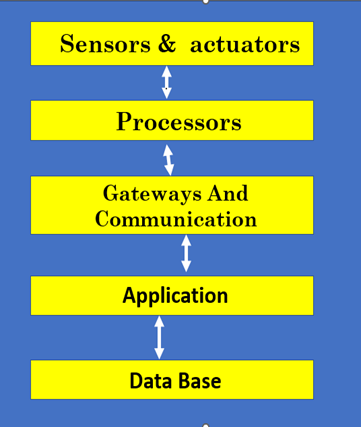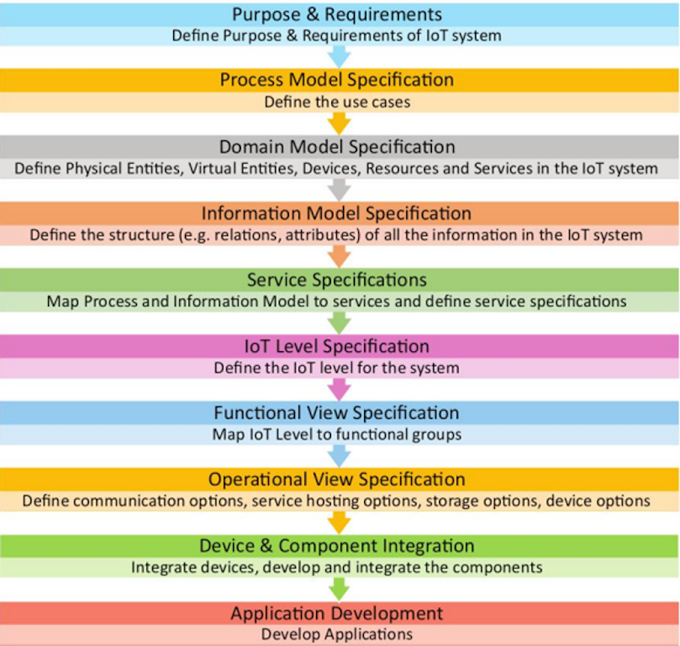PL/SQL Cursor
SQL statement processed in a memory area
known as context area.
The context area is controlled by the cursor.
A cursor is a pointer.
It contains all information about processing
statements such as select statements and accessed the rows data.
The set of rows that are held by the cursor at a time is known as the active set.
There are two types of cursors:
- Implicit
Cursors
- Explicit
Cursors
1) Implicit Cursors
Automatically generated by Oracle when an SQL statement is executed.
It is by default to process the DML statements
like INSERT, UPDATE, DELETE, etc.
Oracle provides some attributes known as Implicit
cursor's attributes to check the status of DML operations.
These cursors have no named and not controlled
or referred from another place of the code.
Following Implicit cursor's attributes
are:-
|
Attribute |
Description |
|
%FOUND
Syntax:- Sql%found
|
Its the return value is TRUE if DML statements like INSERT, DELETE, and UPDATE effect
at least one row or more rows or a SELECT INTO statement returned one or more
rows. Otherwise
it returns FALSE. |
|
%NOTFOUND
Syntax:- Sql%notfound |
Its return value is TRUE if DML statements like INSERT, DELETE and UPDATE affect no row, or a SELECT INTO statement return no rows. Otherwise, it returns
FALSE. It
is a just opposite of %FOUND? |
|
%ISOPEN
Syntax:- Sql%isopen |
It
always returns FALSE for implicit cursors, because the SQL cursor is
automatically closed after executing its associated SQL statements. |
|
%ROWCOUNT
Syntax:- Sql%rowcount |
It
returns the number of rows affected by DML statements like INSERT, DELETE,
and UPDATE or returned by a SELECT INTO statement. |
Example:-
Table:- Customers:
|
ID |
NAME |
AGE |
ADDRESS |
SALARY |
|
1 |
Ramesh |
23 |
Allahabad |
20000 |
|
2 |
Suresh |
22 |
Kanpur |
22000 |
|
3 |
Mahesh |
24 |
Ghaziabad |
24000 |
|
4 |
Chandan |
25 |
Noida |
26000 |
|
5 |
Alex |
21 |
Paris |
28000 |
|
6 |
Sunita |
20 |
Delhi |
30000 |
Create procedure:
1.
DECLARE
- total_rows number(2);
3.
BEGIN
- UPDATE customers
5.
SET salary = salary + 5000;
- IF sql%notfound THEN
7.
dbms_output.put_line('no customers updated');
- ELSIF sql%found THEN
9.
total_rows := sql%rowcount;
- dbms_output.put_line( total_rows || ' customers updated ');
11. END IF;
- END;
13. /
Output:
6 customers updatedPL/SQL procedure successfully completed.
Select * from customers;
|
ID |
NAME |
AGE |
ADDRESS |
SALARY |
|
1 |
Ramesh |
23 |
Allahabad |
25000 |
|
2 |
Suresh |
22 |
Kanpur |
27000 |
|
3 |
Mahesh |
24 |
Ghaziabad |
29000 |
|
4 |
Chandan |
25 |
Noida |
31000 |
|
5 |
Alex |
21 |
Paris |
33000 |
|
6 |
Sunita |
20 |
Delhi |
35000 |
2) Explicit Cursors
Defined by the programmers for more control
over the context area.
Defined in the declaration section of the
PL/SQL block.
Created by a SELECT statement which returns one
and more than one row.
Syntax:-
CURSOR cursor_name IS select_statement from table_name;
Ex:- CURSOR cur1 is SELECT id, name, address FROM customers;
Using Steps for explicit cursor:
- Declare
the cursor for initializing in the memory.
- Open
the cursor for allocate memory.
- Fetch
the cursor for retrieve data.
- Close
the cursor for release allocated memory.
1) Declare the cursor:
Defines the cursor name and the associated
SELECT statement.
Syntax:-
1.
CURSOR name IS SELECT statement;
2) Open the cursor:
Allocate cursor memory to fetch the rows
returned by the SQL statements.
Syntax:-
OPEN cursor_name;
3) Fetch the cursor:
Access one row at a time.
Syntax:-
FETCH cursor_name INTO variable_list;
EX. FETCH c_customers INTO c_id, c_name, c_addr;
4) Close the cursor:
Release the allocated memory.
Syntax:-
Close cursor_name;
Example
Create customers table and have recorded:
|
ID |
NAME |
AGE |
ADDRESS |
SALARY |
|
1 |
Ramesh |
23 |
Allahabad |
20000 |
|
2 |
Suresh |
22 |
Kanpur |
22000 |
|
3 |
Mahesh |
24 |
Ghaziabad |
24000 |
|
4 |
Chandan |
25 |
Noida |
26000 |
|
5 |
Alex |
21 |
Paris |
28000 |
|
6 |
Sunita |
20 |
Delhi |
30000 |
Create procedure:
Execute the following program to retrieve the
customer name and address.
1.
DECLARE
- c_id
customers.id%type;
3.
c_name customers.name%type;
- c_addr
customers.address%type;
5.
CURSOR c0_customers is
- SELECT id, name, address FROM customers;
7.
BEGIN
- OPEN c_customers;
9.
LOOP
- FETCH c_customers into c_id, c_name, c_addr;
11. EXIT WHEN c_customers%notfound;
- dbms_output.put_line(c_id || ' ' || c_name || ' ' || c_addr);
13. END LOOP;
- CLOSE c_customers;
15. END;
- /
Output:
1 Ramesh Allahabad2 Suresh Kanpur3 Mahesh Ghaziabad4 Chandan Noida5 Alex Paris6 Sunita DelhiPL/SQL procedure successfully completed.




0 Comments